Food dehydrator test & guide
A dehydrator allows fruit, vegetables, meat and herbs to be gently dried to produce tasty and healthy snacks. There are several factors to consider when purchasing a food dehydrator, such as capacity, performance, and additional features. This guide will tell you everything you need to know to make the right choice. We'll also talk about drying methods and tips to get the most out of your dehydrator. Find the perfect food dehydrator for your needs with us.
Food dehydrator: comparison of features and performance
In our big guide, we'll show you how to make the decision for the best dehydrator. That is because these devices have different functions. Food dehydrators offer adjustable temperatures, timer functions, and multiple trays for uniform drying. More advanced models have programmable settings and automatic shut-off features. We would be happy to introduce you to various dehydrators from our range and help you make the best choice when buying a dehydrator.
Klarstein food dehydrator
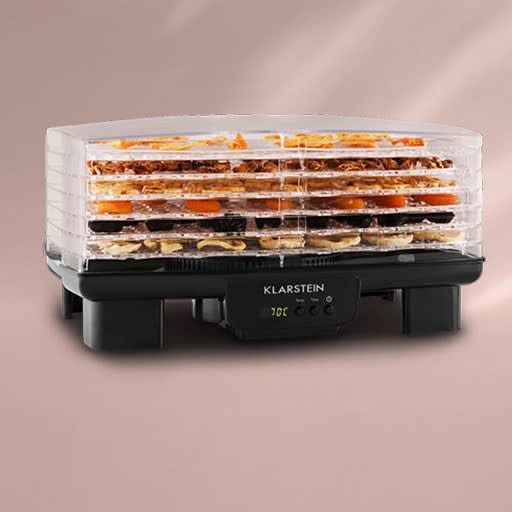
Product Tip
Bananarama Food Dehydrator
The dehydrator with the stacking system comes to your home in two colours. Timer, temperature setting and quiet operation included.
- Easy to use device
- Size adjustable as needed
- Simple design
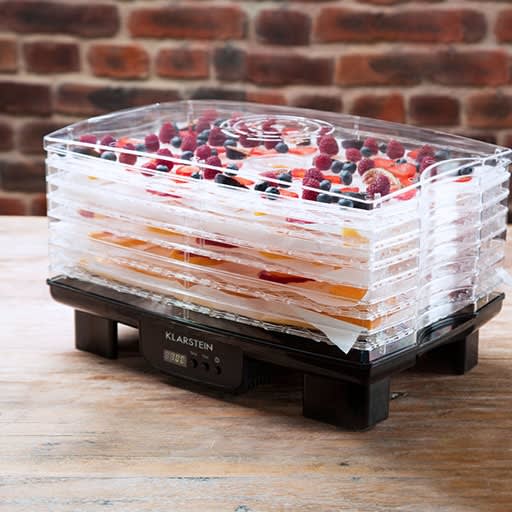
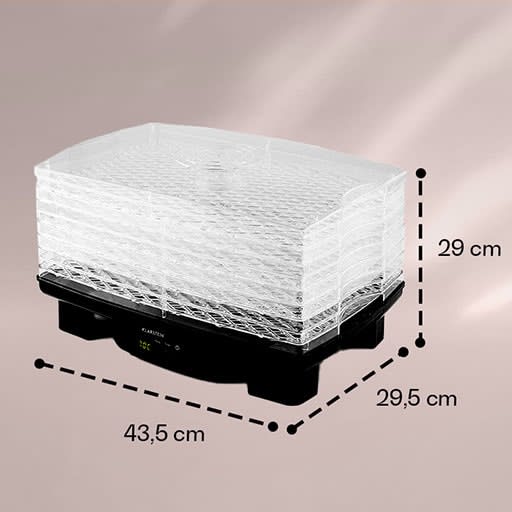
Klarstein dehydrators are available with different systems, styles and colour variations. The size or the area on which drying can take place is always important. Thanks to the stacking system, this can be enlarged and reduced individually. In addition, all devices are equipped with a timer and flexible temperature settings. Handy, right?
- Quiet operation
- Intuitive use
- BPA-free
Advantages:
Klarstein fruit dehydrator
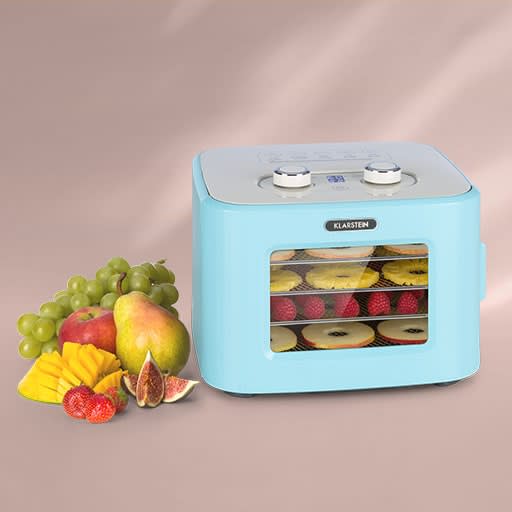
Product Tip
Tutti Frutti Dehydrator
Drying fruit over 4 levels: Made easy with the Tutti Frutti dehydrator. The device takes up little space, but offers plenty of space inside for fruit, vegetables, meat and more.
- Colourful design
- 3D circulation for uniform drying
- With LED display
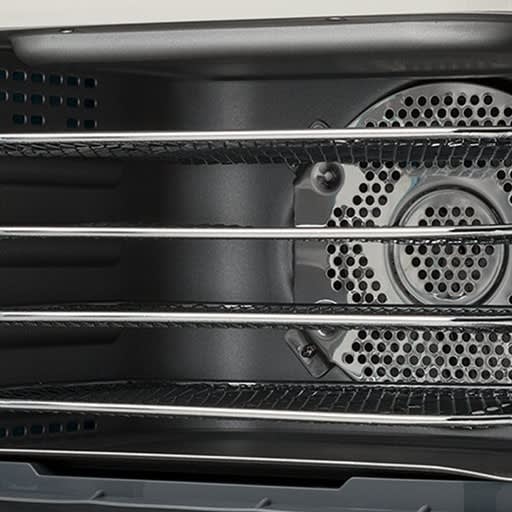
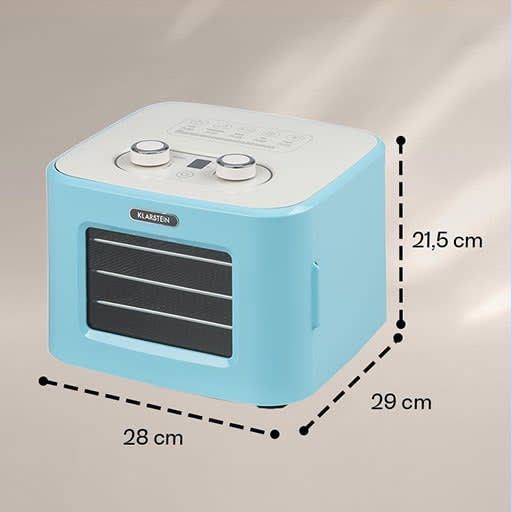
Klarstein fruit dryers will find a place in every kitchen. From a small, compact device to larger models, you are free to choose. With practical stainless steel inserts, drying and subsequent cleaning is a piece of cake. There is also a large selection in terms of colour and design.
- Practical slide-in system
- Even heat distribution
- Various designs
Advantages:
- Comparatively small
Disadvantages:
Klarstein infrared food dehydrator
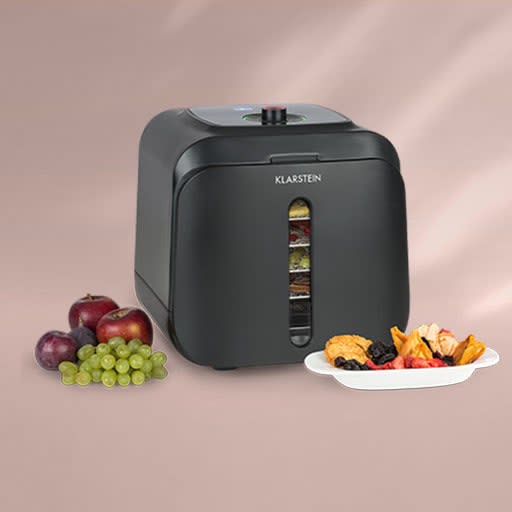
Product Tip
Florida Jerky Food Dehydrator
Infrared dehydrator with innovative technology meets elegant and stylish design. The Florida Jerky dries quickly and evenly.
- Innovative infrared technology
- With touch display & 4 programs
- 5 inserts
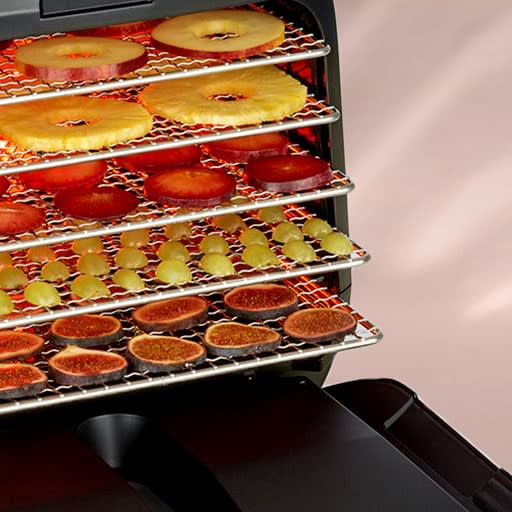
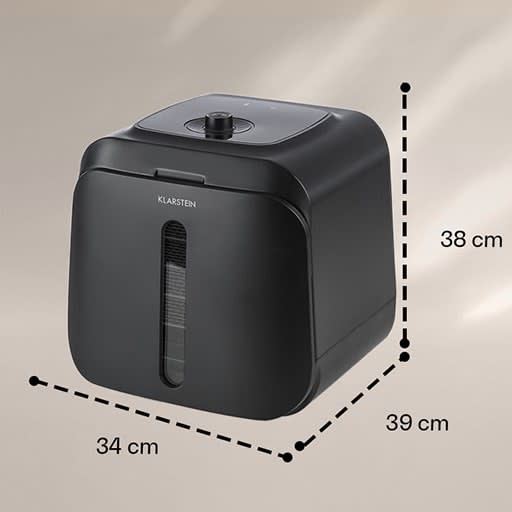
The latest infrared technology for a gentle but fast drying process. With infrared dehydrators, all you have to do is distribute your food on the shelves and select the program: fruit, vegetables, meat or other foods? You choose, the device adopts the optimal settings. Sustainable food preservation can be that simple.
- Innovative technology
- Fast drying
- Simple design
Advantages:
Klarstein gastronomy food dehydrator
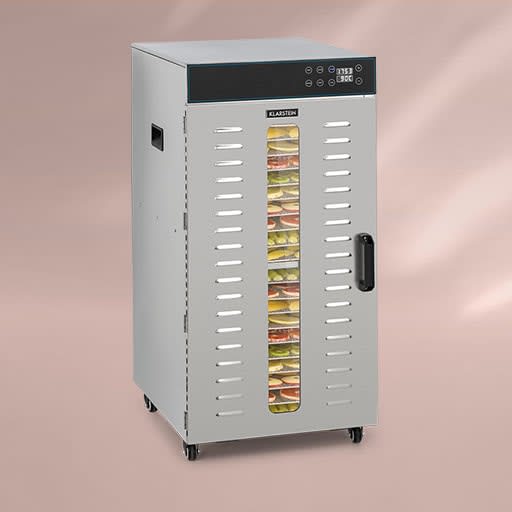
Product Tip
Master Jerky 300 Food Dehydrator
20 stainless steel shelves, easy to use and 3 square metres of space for food. Everything the Master Jerky brings with it
- Lots of space for dried food
- Simple operation
- Timer and temperature adjustable
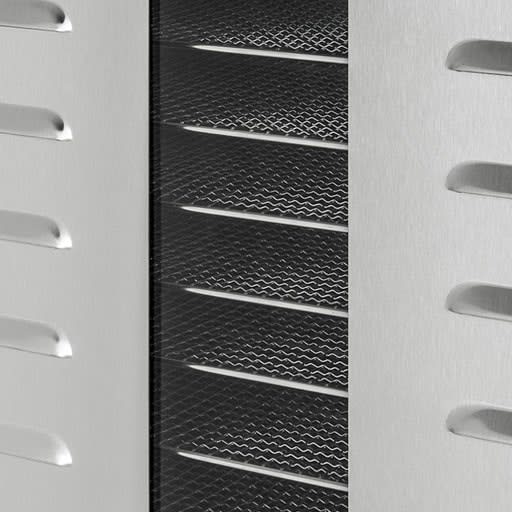
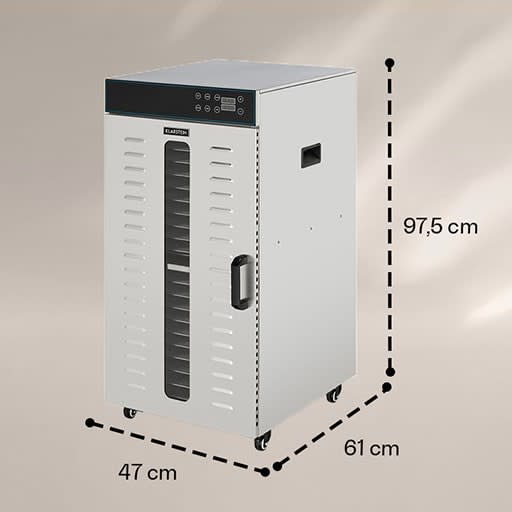
Dehydrators are also really practical in the catering trade. Whether mushrooms, fruit, berries or herbs: If you dry them yourself, you can give your creations a special flair. With gastronomy dehydrators from Klarstein, large quantities of food can be dried and thus preserved and concentrated.
- Plenty of space
- Efficient drying
- 20 inserts
Advantages:
- Takes up a lot of space
- Comparatively expensive
Disadvantages:
Food dehydrators in comparison
| Bananarama Food Dehydrator | Tutti Frutti Dehydrator | Florida Jerky Food Dehydrator | Master Jerky 300 Food Dehydrator | |
|---|---|---|---|---|
| Temperature range | 40 to 70°C | 35 - 80 °C | 35 to 75 °C | 40 - 90 °C |
| Levels | 6 | 4 | 5 | 20 |
| Power | 550 watts | 400 watts | 500 watts | 2000 watts |
| Weight | 3,4 kg | 2,85 kg | 6,5 kg | 42 kg |
| Dimensions (one tray) | 42 x 28,5 cm | 24,5 x 20,3 cm | 30 x 24 cm | 40 x 38 cm |
| Features | - Timer: 1 - 48 hours - LCD display |
- 3D circulation - LED display |
- Infrared technology - 4 programs: fruit, meat, vegetables or yoghurt |
- Timer up to 24 hours - High performance motor |
Buying the right food dehydrator
Whether for home use or in the catering trade: If you want to buy a dehydrator, we will ensure that you can make an informed decision. Wondering what factors to look out for? We'll tell you!
- Capacity: Think about how much you want to dry at once and choose a dehydrator with enough slots or size.
- Power: Pay attention to the power of the device to ensure it dries efficiently and quickly.
- Temperature control: Make sure the dehydrator has an adjustable temperature to properly dry different types of food.
- Timer function: A timer function allows you to precisely control the drying time.
- Cleaning and maintenance: Consider how easy it is to clean the dehydrator and whether removable parts are dishwasher safe.
- Volume: Consider how loud the dehydrator is, especially if you intend to use it in a noise-sensitive environment.
- Timer function: A timer function allows you to precisely control the drying time.
FAQs
A food dehydrator dries food at low temperatures by slowly removing moisture from it. The food is placed on shelves, while a fan ensures even air circulation. The temperature is typically between 40°C and 70°C. Depending on the type of food and its moisture content, the drying process can last from several hours to several days. In the end, you get durable food that can be stored longer. An infrared food dehydrator uses infrared radiation to dry food gently and efficiently.
A food dehydrator can dry a wide variety of foods, including fruits such as apples, bananas, berries and mangoes, vegetables such as tomatoes, carrots and peppers, herbs and spices, meat and fish, nuts and seeds, mushrooms, as well as flower petals for decorative purposes. The possibilities are almost endless as long as the food is cut the right size and prepared properly.
The power consumption of a dehydrator varies depending on the model, performance and usage time. In general, the power consumption values for dehydrators are in a range of around 300 to 600 watts per hour. However, some models can also have higher performance, especially if they have additional features such as programmable settings or a higher capacity. Dehydrators for the catering range, for example, have an output of up to 2000 watts.
The drying time for apple rings in the dehydrator is usually 6 to 12 hours, depending on the thickness of the rings, the drying temperature and the degree of drying desired.
Dehydrating food can be a healthy cooking method because it preserves most of the nutrients and doesn't require added preservatives or sugar. It is important to use good quality food and to store it properly. Dehydrating should be viewed as a complement to a balanced diet.
The required power (watts) for a dehydrator depends on various factors, such as the size of the device, the number of trays and the desired drying time. In general, most dehydrators are in the range of 400 to 1000 watts. A lower power may be sufficient if you only want to dry small amounts occasionally. However, if you want to dry larger quantities or more frequently, a higher-powered dehydrator might be more efficient. It's important to check the manufacturer's specifications and consider your own needs and preferences when choosing the right power for your dehydrator.

